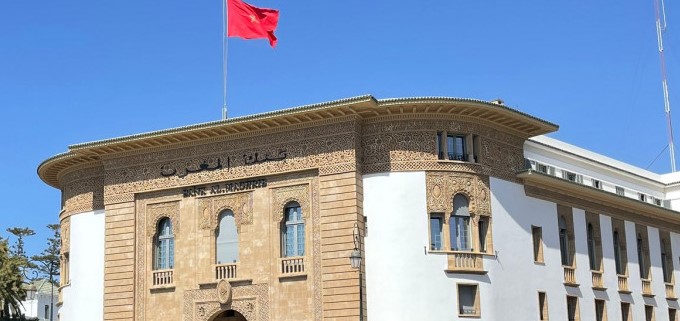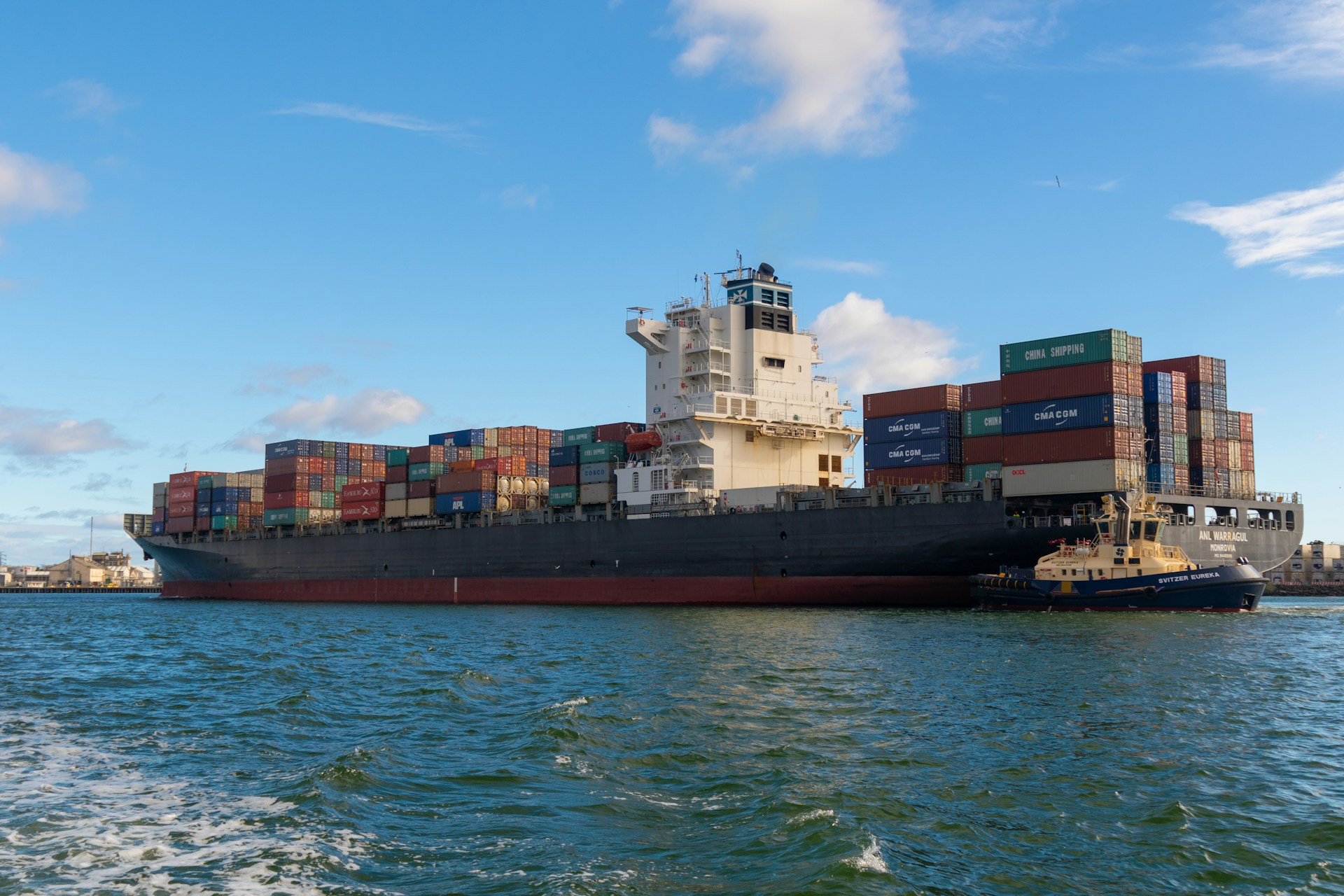Casablanca – The dream of constructing an underwater tunnel connecting Africa to Europe via the Mediterranean Sea is drawing closer to reality. Morocco and Spain, after many years of studies and discussions, have reignited their commitment to this ambitious project, which promises to reshape the transport and economic landscape between the two continents.
A Revival of a decades-old vision
The idea of linking Spain to Morocco through an underwater tunnel is not new. Initially conceived in the 1980s, the project originally envisioned a bridge. However, this idea was shelved in 1996 in favor of exploring the feasibility of a tunnel under the Strait of Gibraltar. This renewed interest comes after the joint bid by Morocco, Portugal, and Spain to host the 2030 World Cup, aiming to have the tunnel ready by that time.
Technical and financial aspects
According to estimates by experts consulted by the American magazine Newsweek, the project is projected to cost approximately $6.6 billion. This massive investment will facilitate the travel of nearly 13 million passengers annually and enable the transport of 13 million tons of goods between Africa and Europe. The underwater section of the tunnel will span approximately 28 kilometers (17 miles) at a maximum depth of 475 meters (1,550 feet), connecting Punta Paloma (Tarifa) in Spain to Malabata (Tangier) in Morocco.
Strategic developments and recent progress
The project was recently reactivated during a high-level meeting held in Rabat in February 2023. Since then, significant progress has been made. In March, Spanish Transport Minister Oscar Puente met with Moroccan Minister of Equipment and Water Nizar Baraka to discuss the project’s future steps. In April, during a meeting of the Spanish-Moroccan Committee, both countries agreed on a work plan for the next three years, focusing on conducting feasibility studies for the tunnel.
Potential and challenges
The Spanish Society for Studies of Fixed Communications across the Strait of Gibraltar (SECEGSA) and the Moroccan National Society for Studies of the Strait (SNED) are leading the technical studies. They project that the tunnel will support the movement of 12.8 million passengers and 13 million tons of goods annually. This will significantly enhance trade and travel between the two continents, reducing travel time between Madrid and Casablanca to just 5.5 hours.
However, the project faces several challenges. The complex geological conditions of the Strait of Gibraltar, with its tectonic activity and unstable clay sections, pose significant technical hurdles. Additionally, political tensions between Morocco and Spain, along with financial constraints, have historically delayed progress. Experts warn that while the goal is to complete the tunnel by 2030, delays could push the completion date beyond 2040.
A look ahead
Despite the challenges, the potential benefits of the tunnel are immense. It represents a crucial step in strengthening economic ties between Africa and Europe, enhancing trade routes, and providing a faster, more efficient means of transportation for millions of passengers and tons of goods. With renewed commitment from both Morocco and Spain, and significant investments being made, the dream of the underwater tunnel is steadily inching closer to becoming a reality.
The world watches with anticipation as these two nations work towards realizing one of the most ambitious infrastructure projects of our time, promising to bridge continents and bring cultures closer together.
















